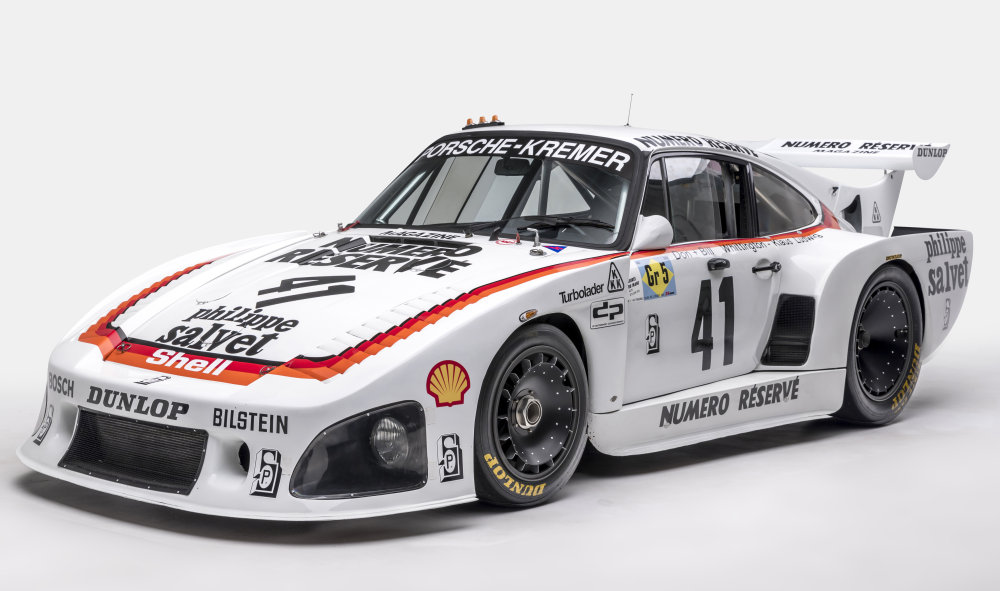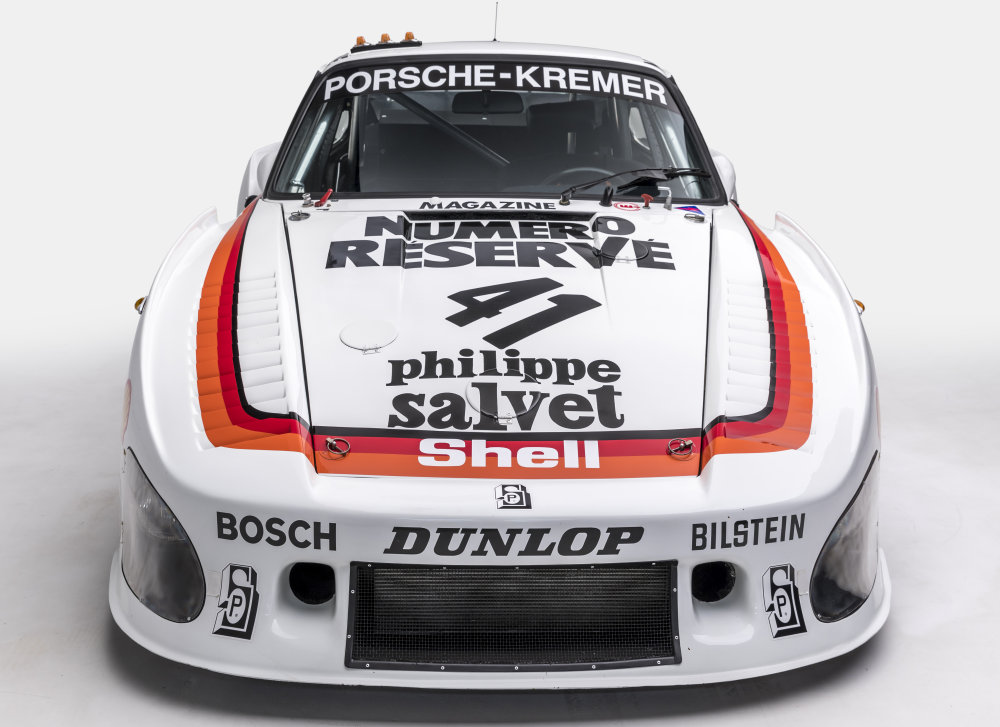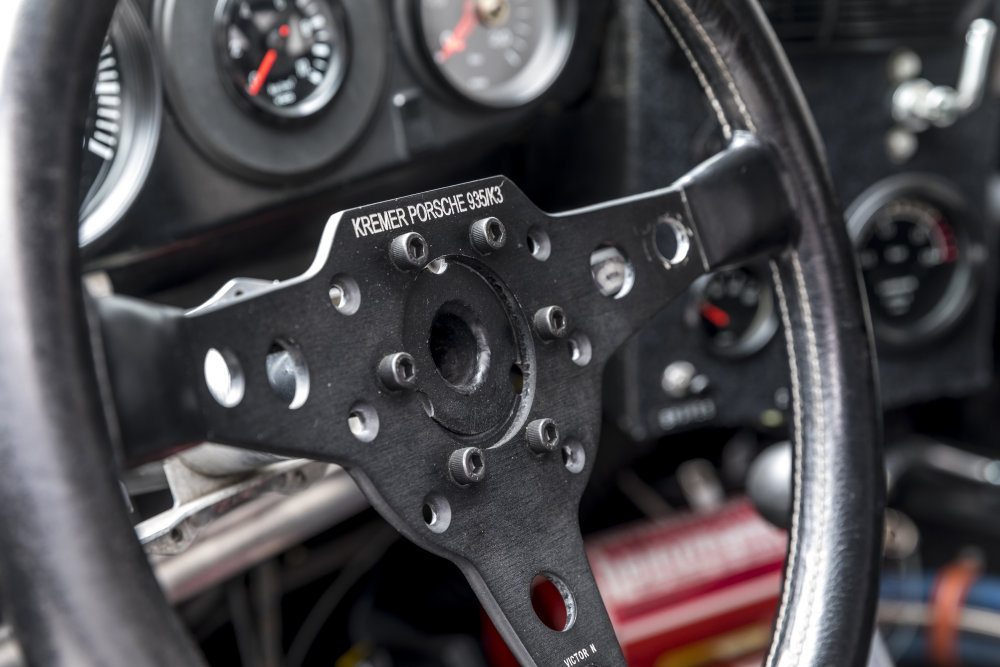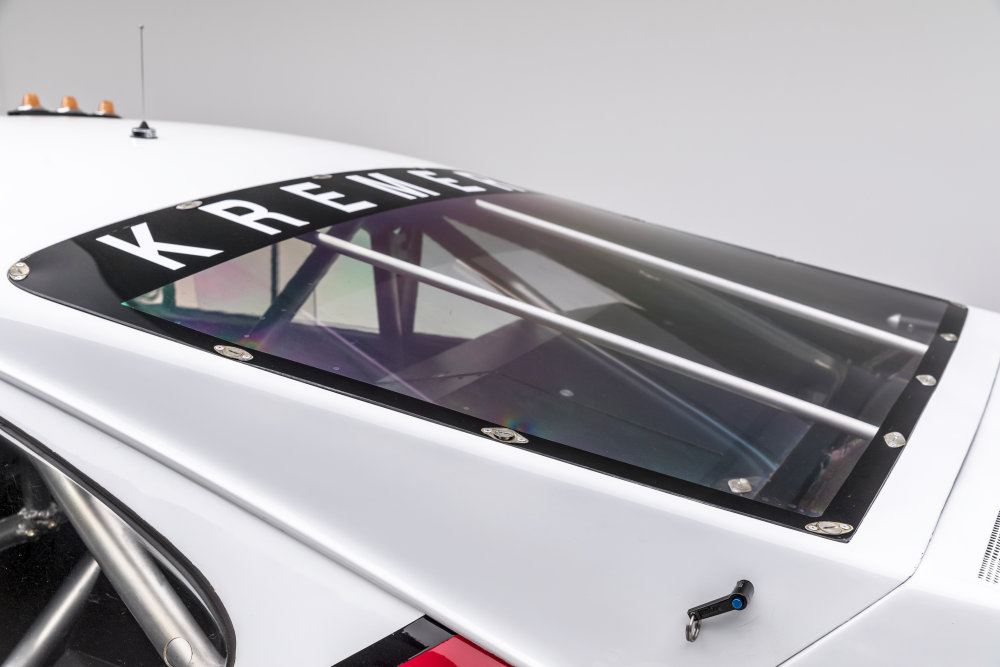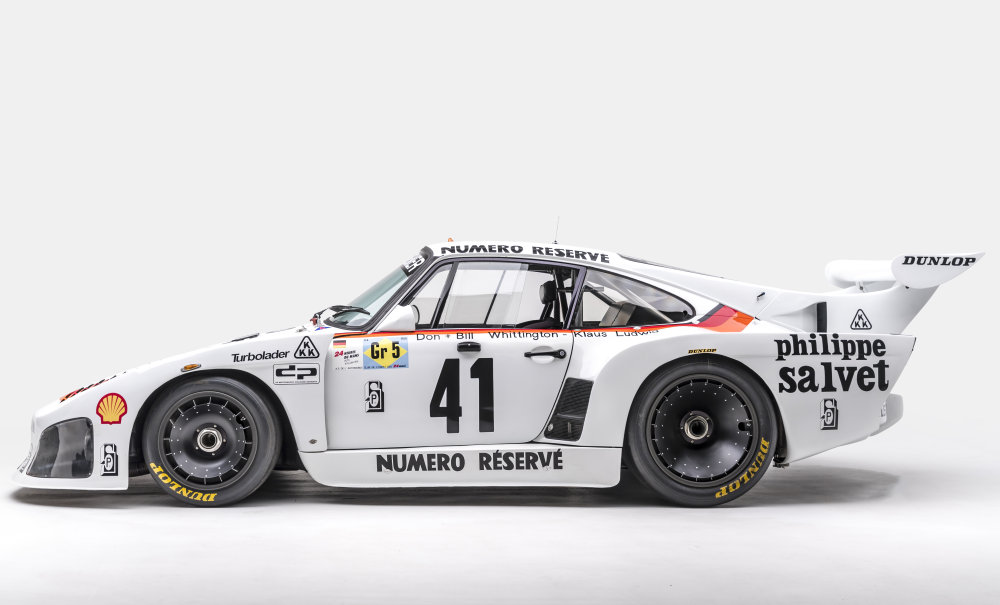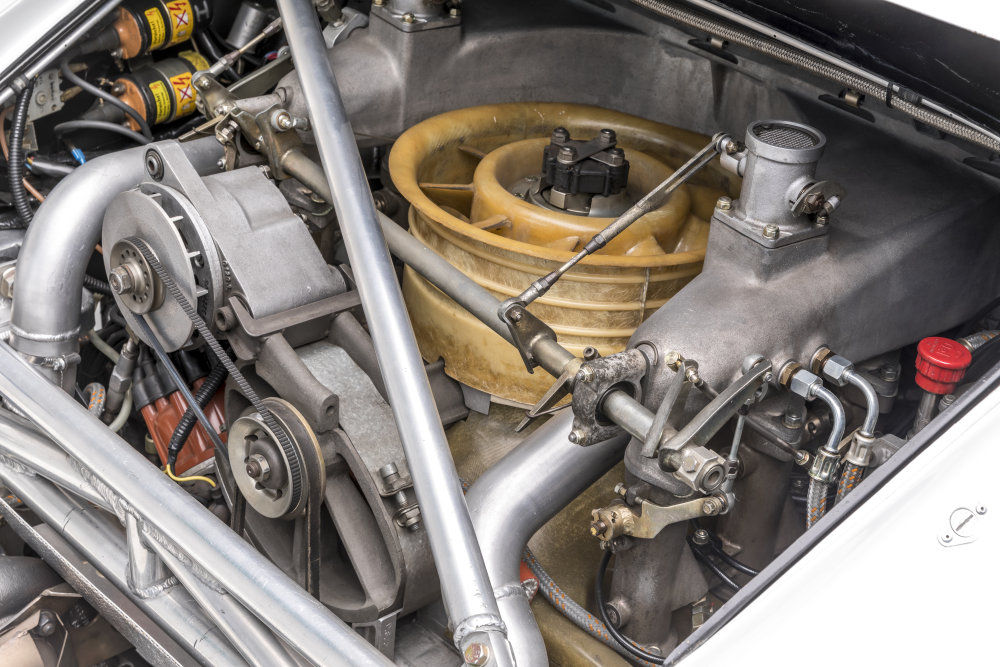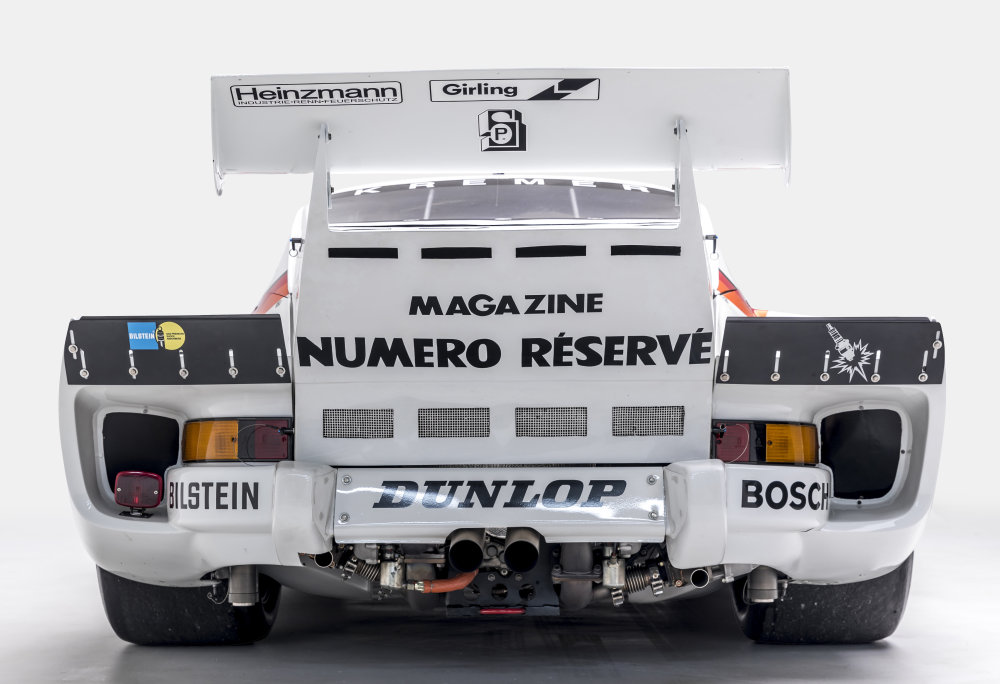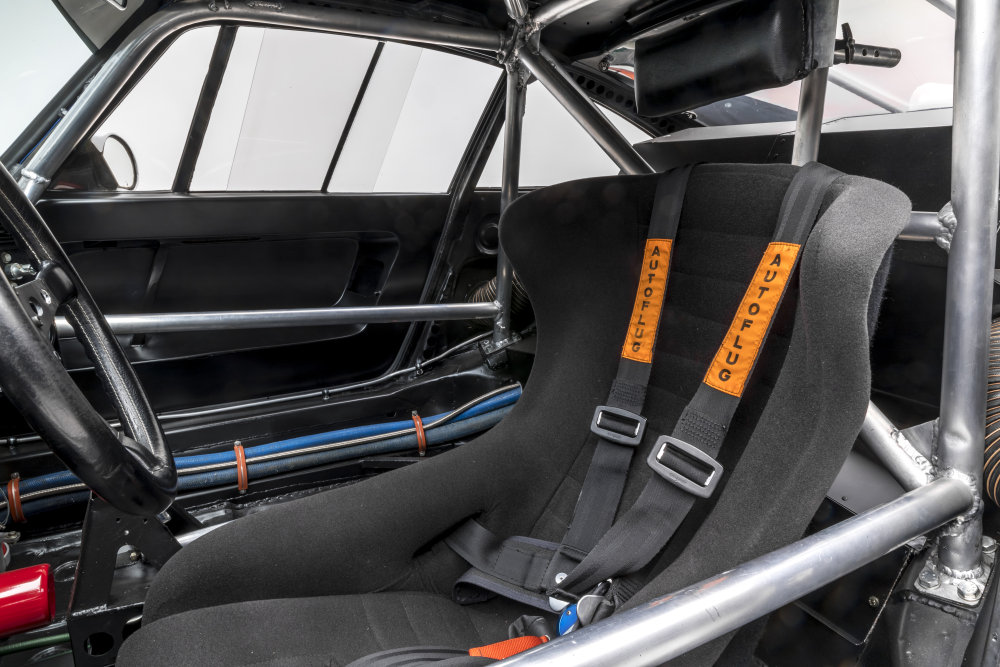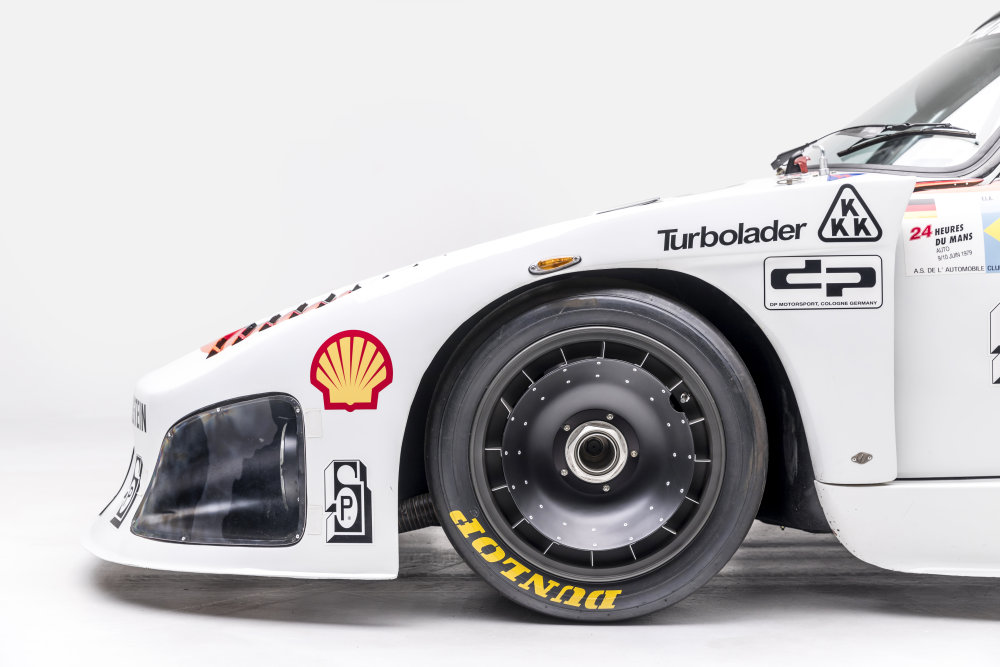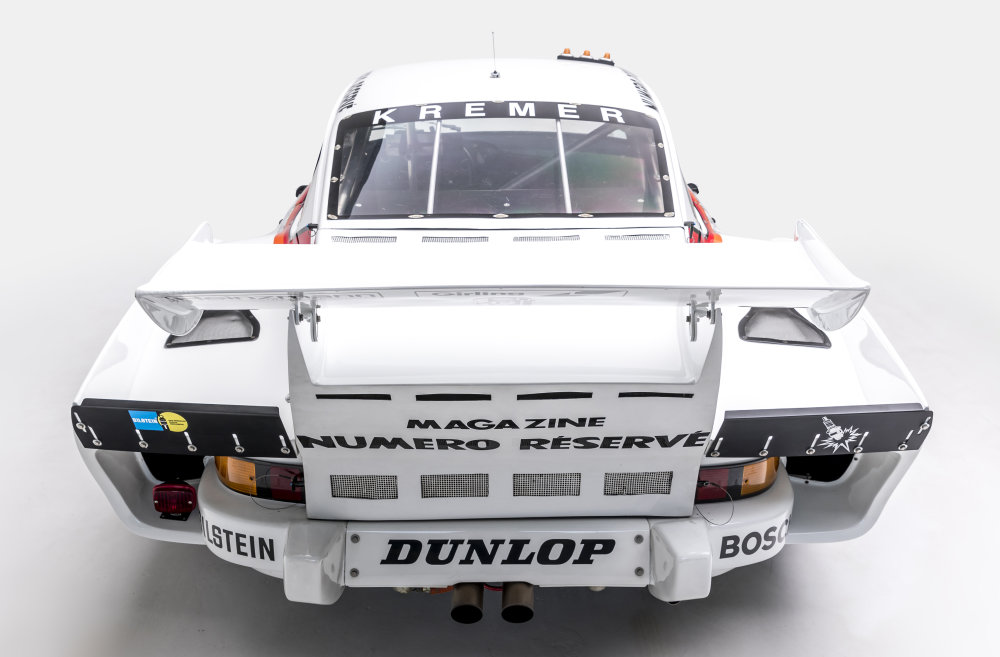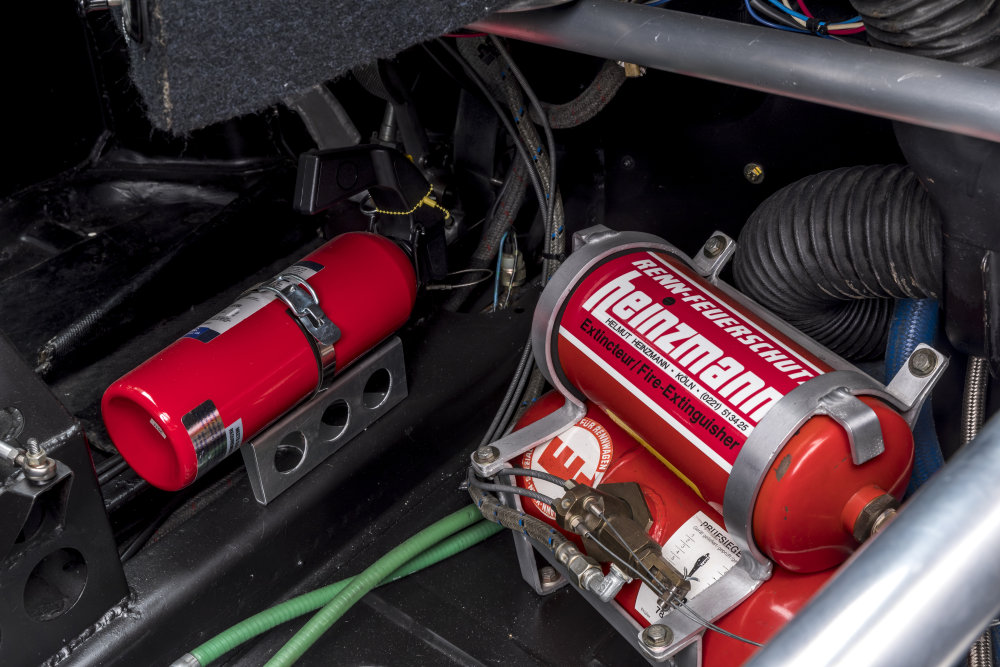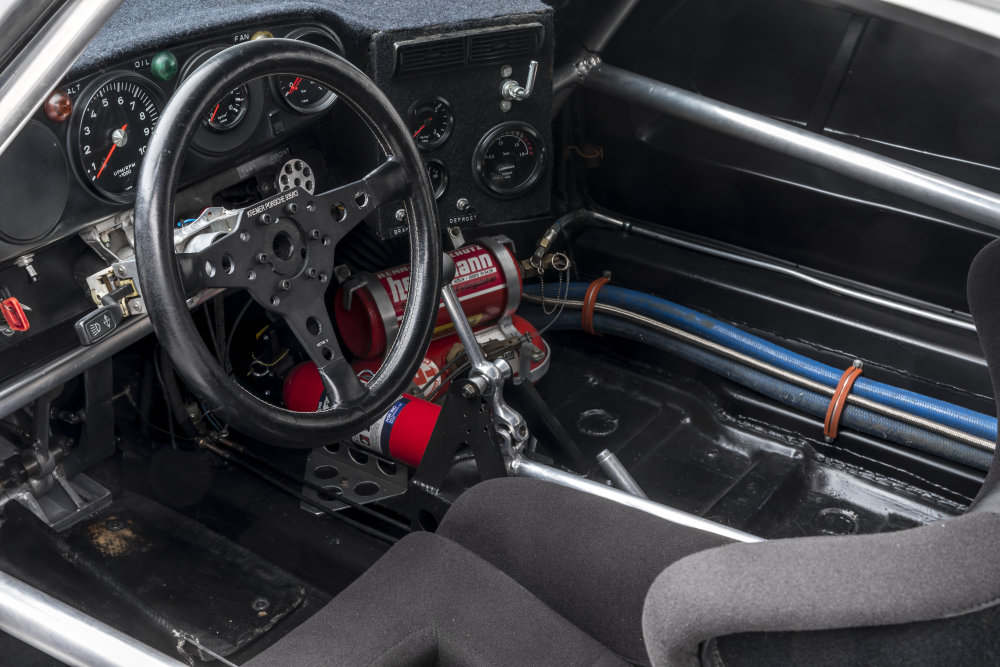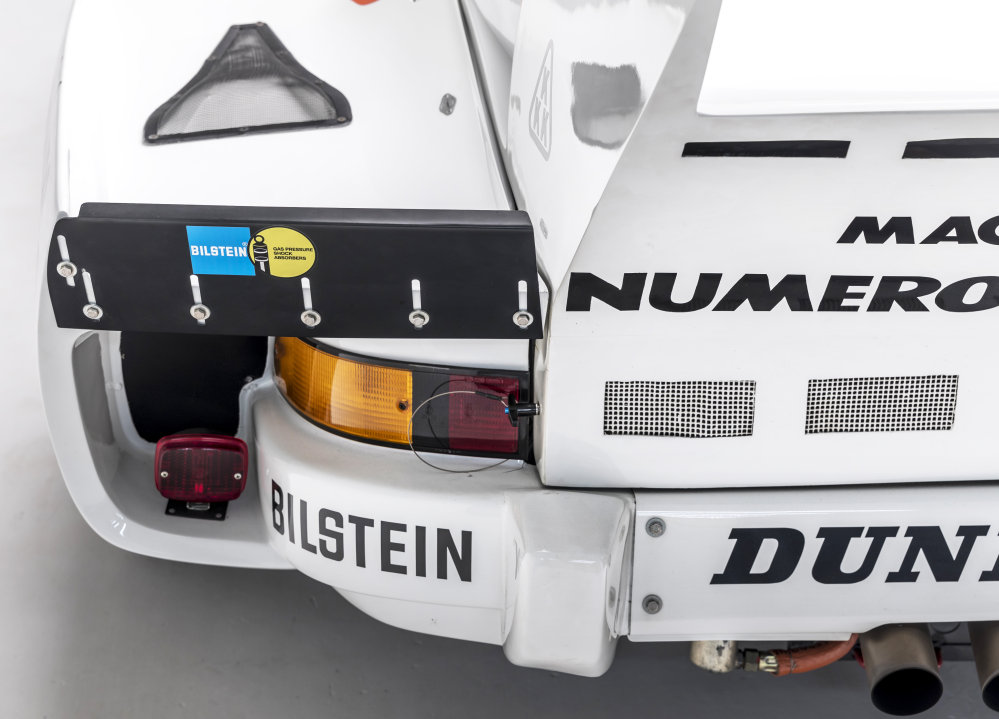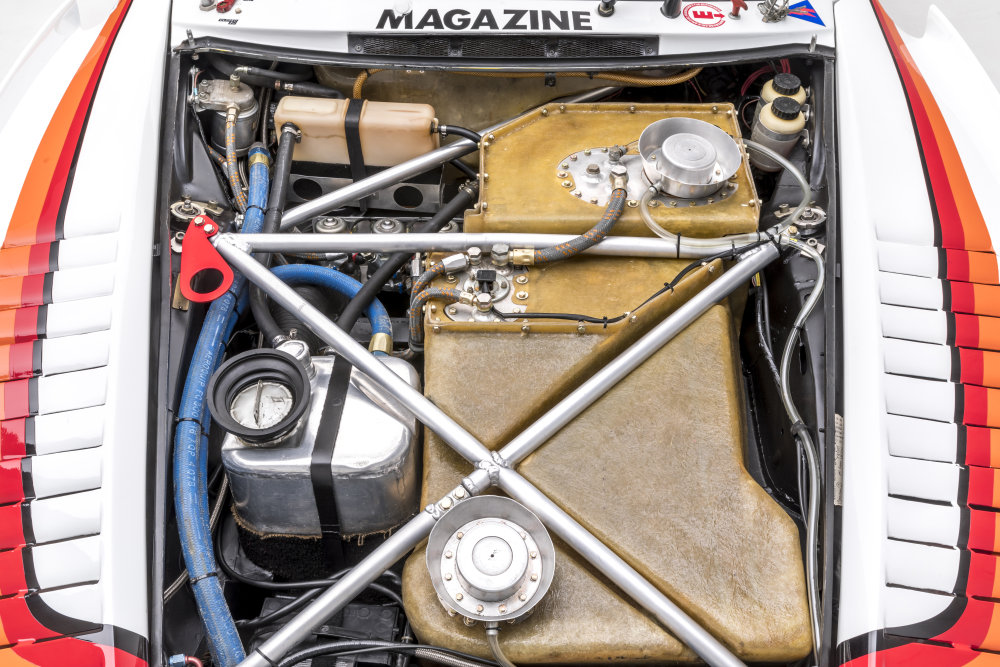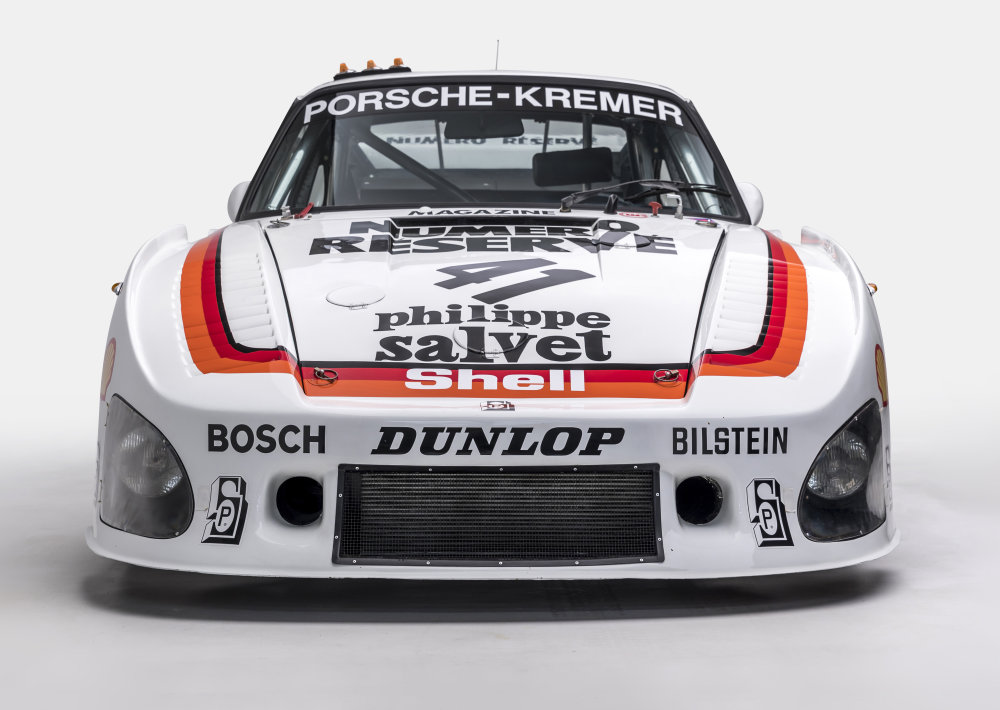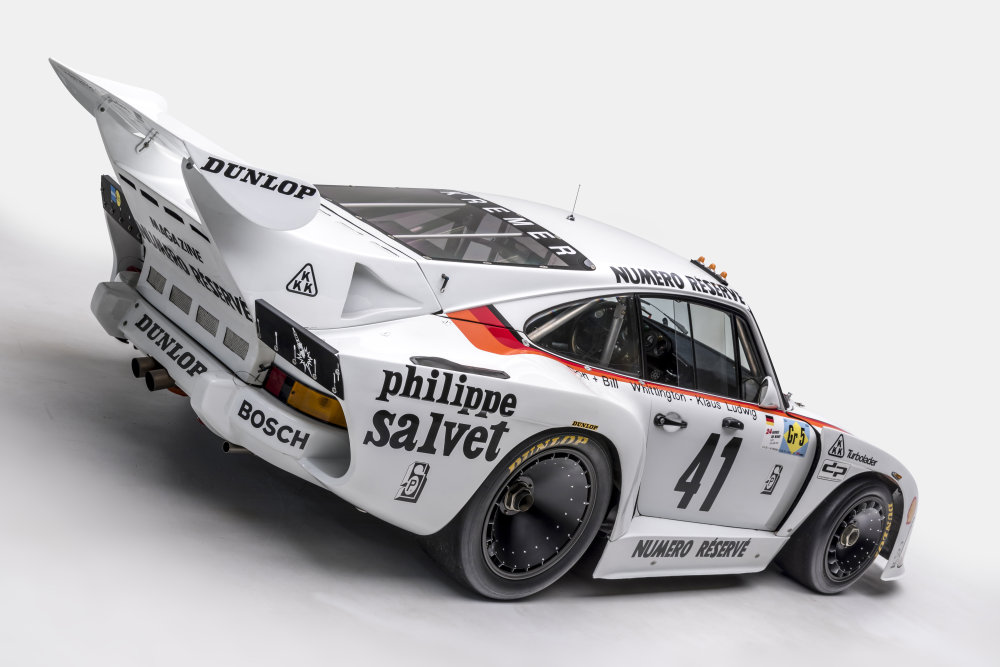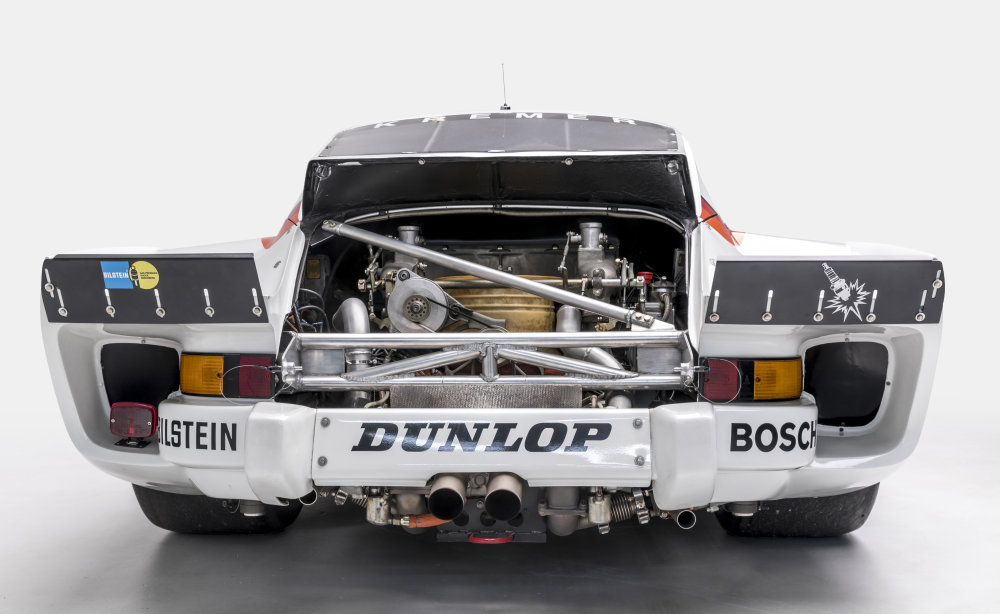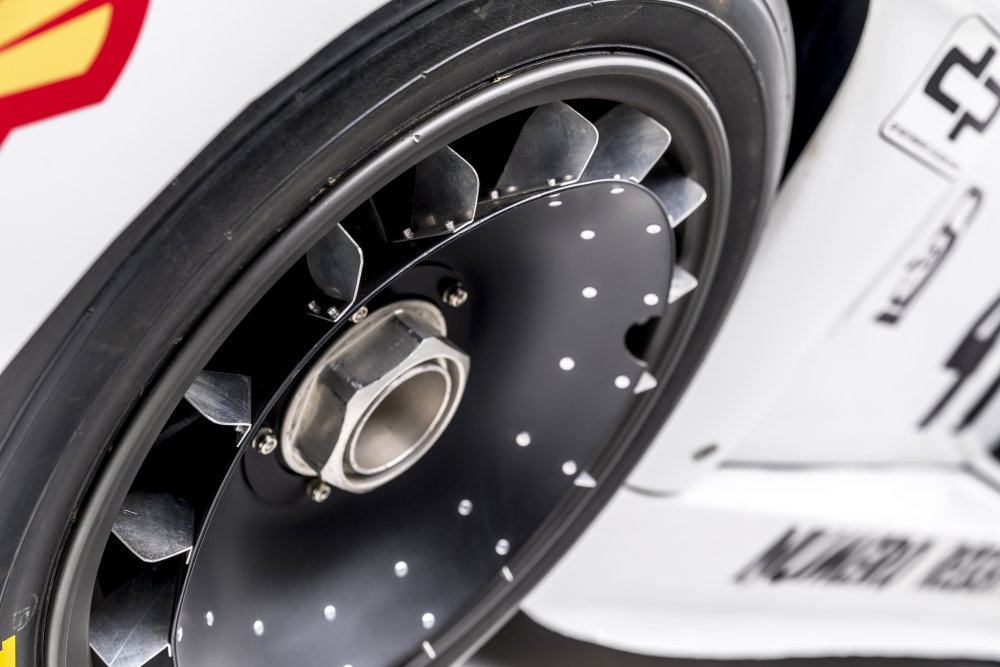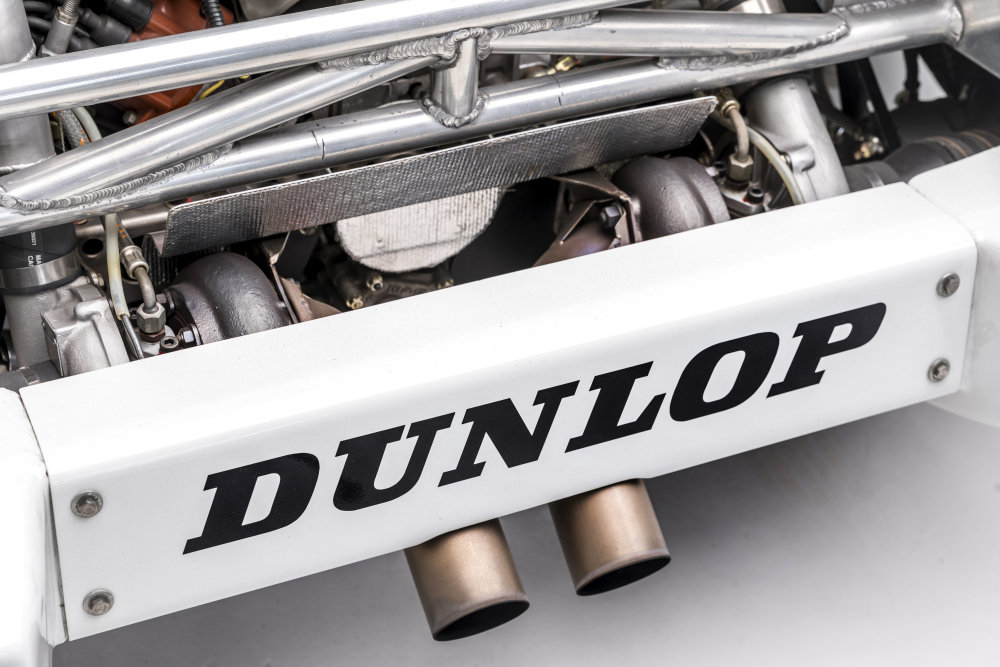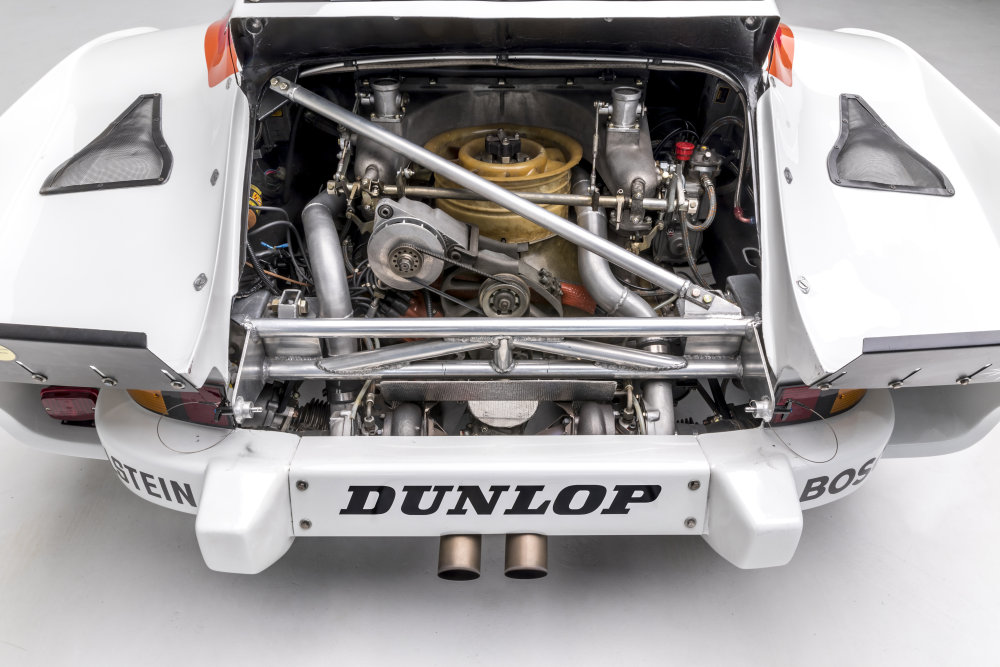1979 LeMans-Winning Porsche 935 K3 Races into the Peterson Museum
Peterson’s new display features 10 epic race cars, but this Porsche 935 is the only German car in the group.
The Peterson Automotive Museum recently introduced a new display titled “Winning Numbers: The First, The Fastest, The Famous,” and the 1979 Porsche 935 K3 is the newest car in the group while also being the only car from a German automaker. This 935 was built by Kremer Racing to dominate the Deutsche Rennsport Meisterschaft (German Racing Championship) – and it did – but the German motorsports team then turned their attention to the 1979 24 Hours of LeMans.
“Affectionately called ‘the car guy’s car guy,’ Bruce Meyer epitomizes true automotive passion,” said Petersen Automotive Museum Executive Director Terry L. Karges. “The charisma with which Bruce shares his passion is what sets him apart. ‘Winning Numbers’ reflects his discerning tastes as a collector and motorsports enthusiast, and we’re proud to share his fervor for the hobby with the community.”
As the title of this piece might have led you to believe, Porsche 935 K3 #41, driven by Klaus Ludwig, Don Whittington and Bill Whittington won at LeMans in the same fashion that it beat the competition in the German series, outrunning the cars in quicker classes to grab the overall victory.
Group 5 Racing
In the mid-1970s, the Federation Internationale de l’Automobile (FIA) introduced the Group 5 production-based racing class, which had less rules and restrictions than Groups 1 through 4, leading to a new class of extremely fast race cars.
While the Group 5 cars had to be based on a production vehicle, the only aspects that had to maintain their factory form were the roof, doors, hood and body width, but there were no other restrictions.
As a result, Porsche introduced the 935 race cars, which had the massive wheel flares at all four corners, the huge wing mounted high on the rear end and the slant-nose design, which was created by eliminating the headlight position of the road-going 911. Of course, the 935 race cars in Group 5 also had monstrous turbocharged engines, race-ready suspension and braking systems, stripped-out interiors and whatever tires applied to the racing action at hand.
Porsche had a strong in-house program to support Group 5 racing, but there were a handful of private teams that worked with the German automaker to design their own versions of the 935 race cars. One of those teams was Kremer Racing and their #41 1979 935 K3 is one of the greatest 911-based race cars of all time.
For those who just want numbers, this Porsche race car weighed 1,895 pounds and packed somewhere in the area of 750 to 800 horsepower, making it one insanely fast machine.
Winning Everything in 1979
Kremer Racing teamed up with German driver Klaus Ludwig for the Deutsche Rennsport Meisterschaft in 1979 and the 935 K3 stomped the competition, winning 10 of 11 races that season, often in dominating fashion.
After seeing how well the car did against the German competitors, including Porsche team cars, team engineer Manfred Kremer prepared the car for the 1979 24 Hours of LeMans. To run in Europe’s crown jewel of motorsports, they needed more drivers, so they hired American brothers Don and Bill Whittington with the understanding that as one of the best drivers in the world, Ludwig would be getting the lion’s share of seat time. The Whittington’s were basically there to give the German driver a rest when needed, which was an approach that proved to work out from the inset of the event.
Ludwig handled qualifying for the 1979 24 Hours of LeMans and put the #41 Kremer 935 K3 in the third spot on the starting grid, trailing the pole-sitting Porsche 936 by just four seconds.
There was another 936 in second spot, but Ludwig and the Kremer 935 were quicker than every other car in the quicker class, showing that the K3 had a real chance of overall victory.
Early in the race, the two 936s that qualified ahead of the Kremer 935 pulled out to a healthy lead, but Ludwig stayed ahead of the rest of the cars in the field. There was no question that the K3 was the third-quickest car in the field, but it would need some help to beat the 936 entries.
Fortunately for Kremer Racing, each of those 936 teams ran into technical issues in the first half of the race, allowing Ludwig and the Whittingtons to take the overall lead. As the hours went on, the trio would build a gigantic lead of 15 laps as the few cars that could really challenge for the lead gradually dropped out of the running with mechanical issues.
Through the night, thunderstorms pounded the field and the #41 935 held the lead until they, too, ran into mechanical issues. A failing alternator belt forced Don Whittington to dive into the pits late in the race, but with Kremer holding such a huge lead, the team was able to get the car fixed and back on the track without ever losing the lead.
Kremer Racing would watch more competitors drop out with engine problems as the race drew to a close, giving the first win for a production-based car in the 24 Hours of LeMans since the 1950s.
In dominating the German racing ranks and claiming overall victory in the 24 Hours of LeMans, a feat previously thought to be impossible for a production-based race car, the Kremer 935 K3 is one of the greatest Porsche 911-based race cars in automotive history, serving as a fitting representation of German motorsports at the Peterson Automotive Museum.

